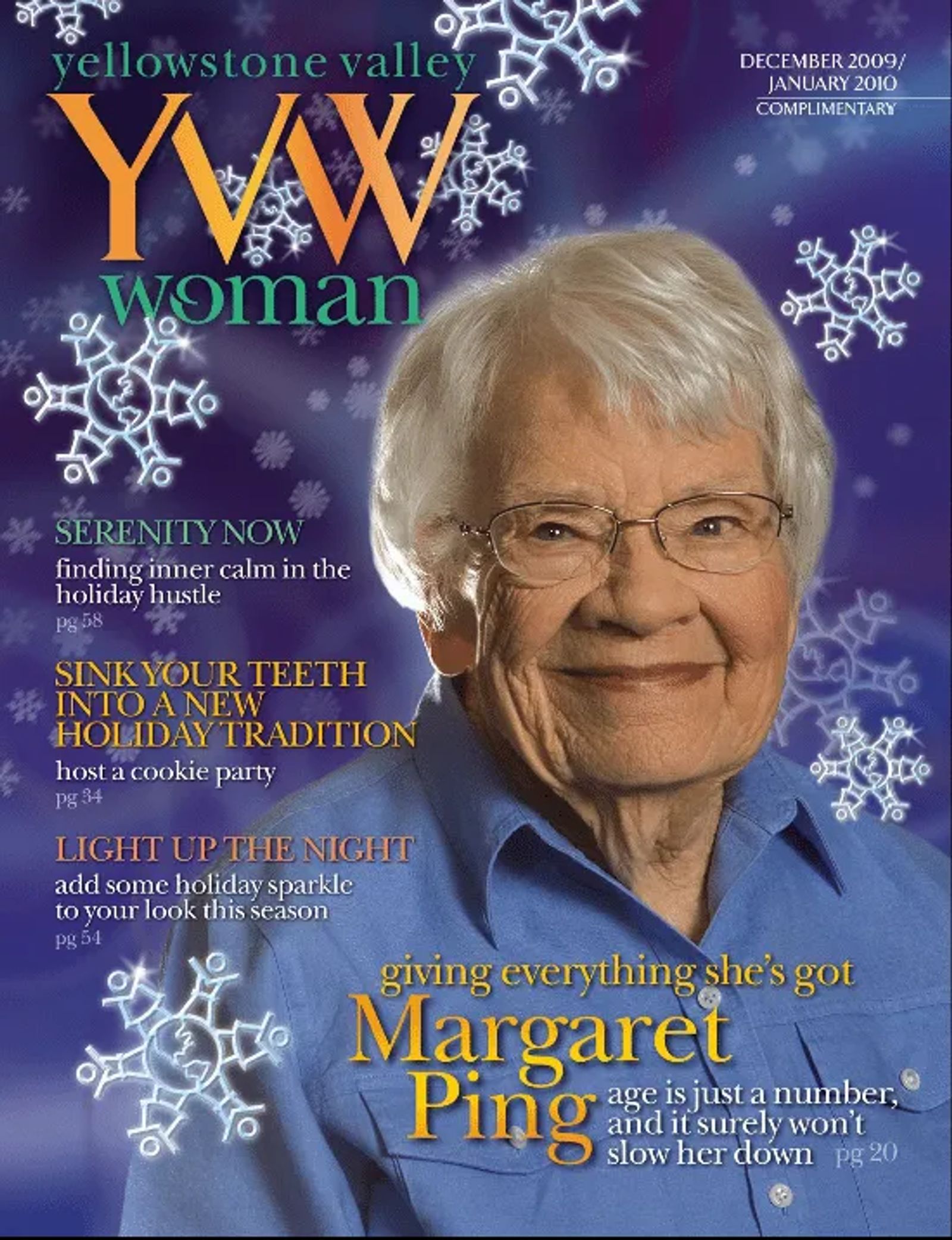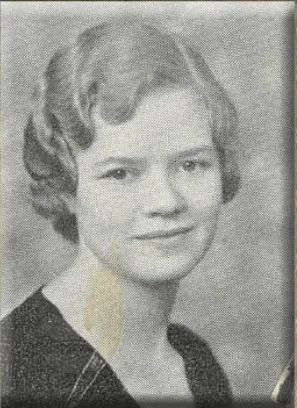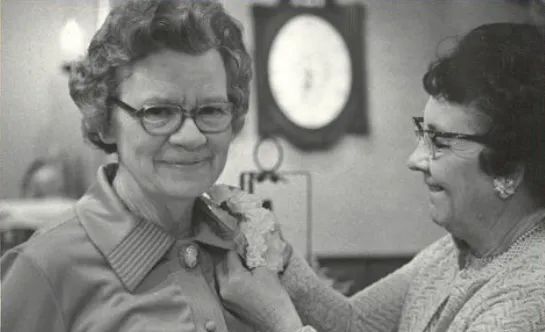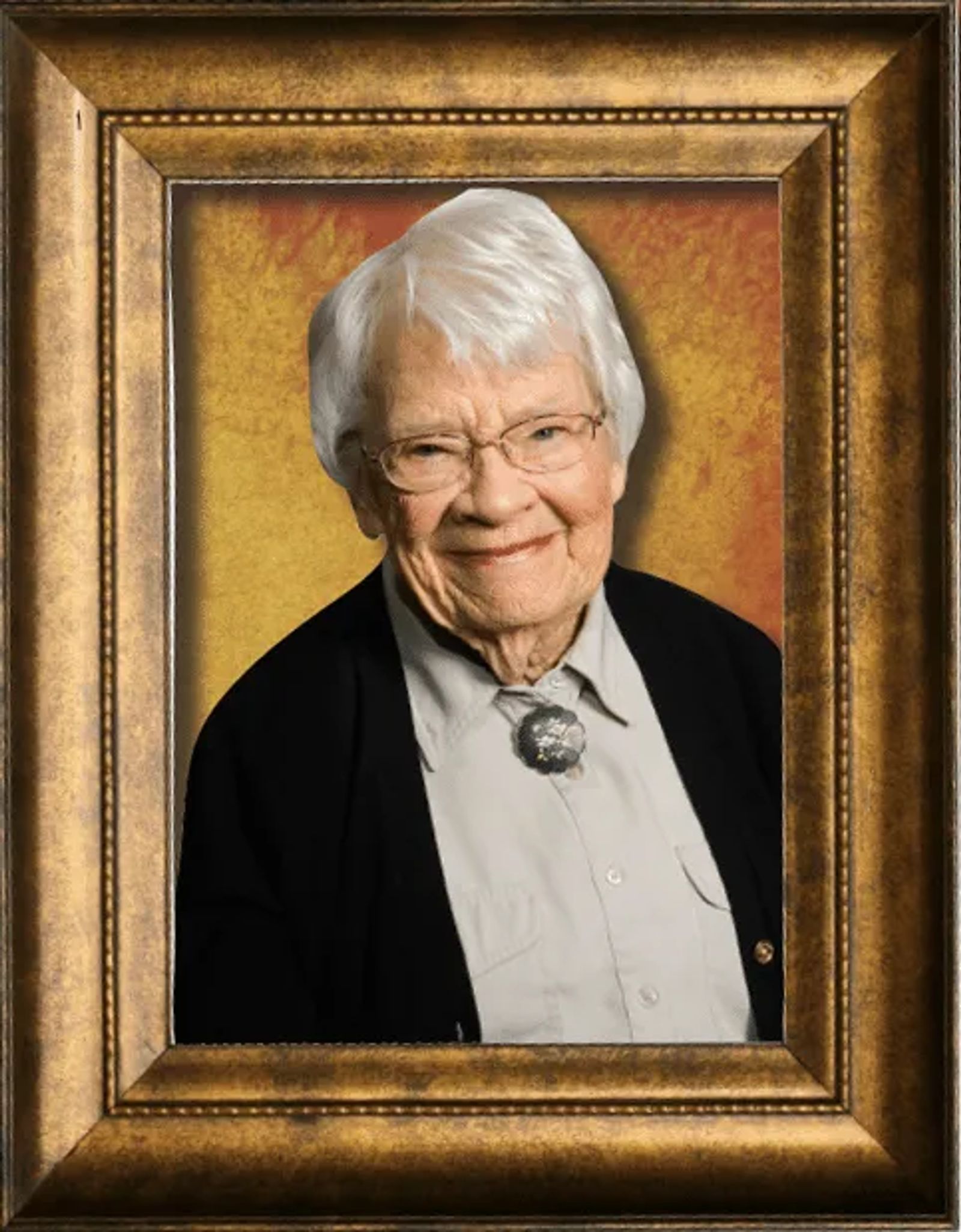
Margaret Ping: A bright light that will be missed
Editor's Note: We first met Margaret Ping when she was 97 years old. She was a bright light in the community then and proved to be so until her last days on earth. Margaret Ping died at the age of 103 on Saturday, February 13, 2016. She will be deeply missed and we only hope and pray that her legacy lives on for many, many years to come. This story below first appeared in our December 2009 edition.
At 97 years old, many of Margaret Ping’s peers are content spending their days chatting with friends, sipping tea and talking about times gone by.
They play bingo and often brag about their kids, grand kids or even great grand kids. It’s a charmed life, but this relaxed pace that many cherish as they settle into the sunset of life is nothing Margaret Ping is interested in. Just three years shy of turning 100, this silver-haired dynamo is still an activist, a regular volunteer, and a philanthropist. She has no concern for the years she’s logged in her life book. She lives for today in every sense of the word.
“I think I’m allergic to my last birthday,” Margaret says with a sparkle in her eye. “I’m becoming a bit cranky in my old age.” Don’t let her fool you. Beneath this tough exterior is a passionate advocate who has always been ahead of her time. When you ask her what fuels her, she’ll tell you simply, “I’ve always fought for the underdog. It’s a passion.” Fighting For The Underdog Raised in Hardin, Montana, Margaret got an education in racial equality early on in life. Her parents were blind to color and race. In the 1920s, her mother, Ruth, even led one of the first bi-racial Girl Scout troops in the area. Fighting for diversity came easy for Margaret. “I’ve always been involved in the struggles for integration,” Margaret says today.
When it came time to go to college, it came as no surprise that Margaret picked Oberlin College in Ohio, one of the first schools in the nation to admit African Americans.
“My mother told me there was some discussion with my Southern relatives that thought I shouldn’t Go there because I might have to room with a black girl. My mother quickly told them it was an experience I ought to have,” Margaret says affectionately. “She had a good feeling in her about differences in people.” She laughs when she says, “So, we didn’t worry about those Southern relatives!” After college, the nation was in the midst of the Great Depression. Instead of traveling home to begin her life, she’ll tell you that a “rather timid or perhaps somewhat frightened 21-year-old” decided to get a graduate degree in social work.
 Margaret Ping's college graduation photo taken at Oberlin College in 1933. [/caption]
Margaret Ping's college graduation photo taken at Oberlin College in 1933. [/caption]

During that time, she lived side by side with the growing number of the poor in New York City’s tenement housing. Even seven decades later, the images of what she witnessed are still very alive in her mind. So much so, she’s writing a book about her experiences.
“I found all of these letters I had written to my mother and father while I lived in the settlements in New York.
It inspired me to think.” While she’s been working on the book for more than two years, she admits it’s rather slow going. With a smile in her voice she’s quick to add, “I sure hope I stick around long enough to get it finished!” Margaret’s Life Work Margaret’s first job, fresh after graduate school, was one that would literally chart the course for her life’s work. The job opening was at the YWCA’s center in Pueblo, Colorado and it would be her job to head up the girls’ clubs there. “It turned out to be a most disquieting job,” Margaret wrote about her experience.
Diversity wasn’t part of that particular club’s language. “It was quite a culture shock to go from the slums of New York living with a lot of people concerned about diversity and then getting plunked down in Pueblo. I was stuck with having 11 clubs all strung out on nationality basis.” She had Japanese clubs, Mexican Clubs and clubs for African American children. The Executive Director there thought it best if only white children used the pool. Margaret says, “It was a great blow to me. Every night, I went out to the edge of town to watch the sunset, eat my cheese and crackers and cry.” After two years of trying to spark change, Margaret decided she needed to quit. But, as fate would have it, another job opened up with the YWCA in Pittsburg. It was just one stop on her vibrant YWCA journey. Over the next 35 years, she’d hopscotch to Detroit and Chicago before spending ten years in Mexico City, Mexico starting a club there. Then came Lima, Peru and Boston before coming back to be the Executive Director of the YWCA in Billings. Each destination seemed to be more colorful than the last. She is quick to recall the ways this work touched people’s lives along the way. In Peru she’ll talk about the young women who were given “wider experiences in life” because of the club. In Detroit, she fondly remembers the young man she befriended who would come to the center to bang away on the piano trying to learn ‘Boogie Woogie.’ Margaret laughs and says, “He would just come in and try hour after hour at that piano. I often think, I wonder what that kid ever amounted to?” After her mother passed away in the early 1970s, it was homecoming time for Margaret. She returned to her roots of Hardin to care for her aging father and retired from the YWCA to begin a new chapter in life. Margaret says it’s safe to say it was a tough decision. “It was my life. It was my reason for being for so long.” A Legacy of Giving But as you can probably tell, Margaret isn’t one to sit idle and wait for the next big opportunity to come her way.
 In 1972 Margaret was honored as the Hardin Business and Professional Women of the year. [/caption]
In 1972 Margaret was honored as the Hardin Business and Professional Women of the year. [/caption]

She began working again. This time, it was at Rocky Mountain College where she worked at the very beginning of their Outreach Program. During her stay there, she’d leave a legacy of learning again in the form of a scholarship created in her mother’s name. Since 1973, Obert Undum, RMC’s Director of Planned Giving, says that there have been upwards of 70 students who have benefitted from Margaret’s generosity in the form of a scholarship.
When she moved into the retirement community where she now lives, Margaret says, “A woman came up to me and said, ‘Oh, I am so glad to meet you. You helped my daughter go to college.’ I had never seen this lady in my life and I said, ‘Who is your daughter?’ And she told me it was Robyn Driscoll.” That’s State Representative Robyn Driscoll, who has served in the Montana House of Representatives since 2005.
When Margaret left Rocky, she was in her sixties. She had led a life full of giving. Most would look at it and say “Job well done.” But the next thirty years proved to be as lively as the first 60, full of accomplishments that will forever be part of Margaret’s legacy.
Remembering Her Roots After her father passed away, she plunged into a largerthan- life project aimed at honoring her father’s roots – literally.
In 1978, a 22-acre parcel of land her dad used as a garden would be gifted to the Big Horn County Historical Society. This gift would soon grow into what is now standing on that land – the Big Horn County Historical Museum. It is home to 19 historical buildings and is set up much like a village of learning.
Executive Director Diana Scheidt says within the walls of the Museum sits a beautiful lesson on the humble beginnings of Hardin and Big Horn County. It’s a lesson Margaret shares every chance she gets. “The Ping family was just so melted into the community,” shares Diana. “It is so intriguing to listen to her stories and hear about the development of this area.” Diana often gets these lessons in person since Margaret hitches a ride to Hardin every Wednesday to serve as a museum volunteer. She laughs when she says, “When she comes here, we better have something for her to do because she will make it clear she didn’t come here to twiddle her fingers!” Making A House, A Home One of the biggest marks that Margaret Ping has made on this area came simply because of her curiosity.
The year was 1983 and Margaret had been hearing an awful lot about an organization President Jimmy Carter supported called Habitat for Humanity. “I kept reading about it,” Margaret admits. After writing to the Habitat for Humanity headquarters asking for more information, “They finally decided I would make an alright volunteer.” So she made the trek to Georgia for a three-month-long training session. “I was just swept off my feet with the idea – the idea that people have to put a lot of work into a home and at the end they get a home without interest.” After she returned, Margaret says, “I came back and talked to anybody that would listen. It took nine years to get people to be willing to think that we needed this in Billings.” With some heavy lobbying and a generous $25,000 grant from Piper Jaffray, in 1993 the Mid- Yellowstone Valley chapter of Habitat for Humanity got off the ground and dug the foundation for its very first home.
Since then, 50 homes have been built for families in need in the Billings area. “I had a reputation of always having to put one nail in each home,” Margaret chuckles. She’s volunteered plenty. Just last May, around the time of her 97th birthday, she worked with the all women crew on the ‘Women Build’ home project. “They gave me a long stick with a magnet at the end of it so that I could go around and pick up all the dead nails that were on the site!” Not being one to slow down, she still volunteers every Thursday helping with office work at the Billings Habitat office.
For a number of years starting in 2000, Jonathan Peart worked side by side with Margaret while serving as the chapter’s executive director. Even though he’s moved on to another job, Margaret is still a very close friend. When asked how this pint-sized nearly centenarian inspires, he says matterof- factly, “There is not one thing about the woman. She just surprises you all the time.” With feeling in his voice, he relayed a recent conversation he had with Margaret. “I said, ‘Margaret, I don’t know how you find the energy to do everything you do.
I am just exhausted at the end of the day.’ And, she told me, ‘It Has nothing to do with energy.’ There is a mental toughness about her.” It’s a toughness, Jonathan says, that helps her just get the job done – no matter what it is. He says emphatically, “She is the most remarkable woman I have ever met.” It Takes A Village The area Habitat chapter isn’t the only non-profit that Margaret is credited with beginning in Billings.
Twenty-two years ago, Margaret was one of three women who founded Global Village. It’s a Fair Trade organization whose mission is to support artisans who live in impoverished parts of the world.
Through the store and educational activities, Margaret’s vision of seeing the world through others’ eyes is very much alive. To this day, she still sits on the Global Village Board of Directors.

The Executive Director of Global Village, Candace Forrette says when it comes to Margaret, “She is very much our moral compass. Everyone that knows her, loves her. She inspires everyone to keep on trucking.” After being quizzed about her accomplishments and asked what inspires her to be such a giving soul, Margaret quickly brushes off any kind of praise. With one brow raised and a devilish smirk, she says, “I’m not going to make this easy on you.” She is humble to the core and hates nothing more than talking about herself.
Thankfully, what Margaret doesn’t tell you, her friends will. Diana Scheidt is proud to call Margaret one of her best friends. Having known this community activist for close to thirty years, one thing has become clear.
“She teaches not by preaching. You learn from Margaret by example to be a good citizen. She has taught me so many things that I don’t even know where to start. She is so full of wisdom.
It has been so amazing to see the world through her eyes.”










